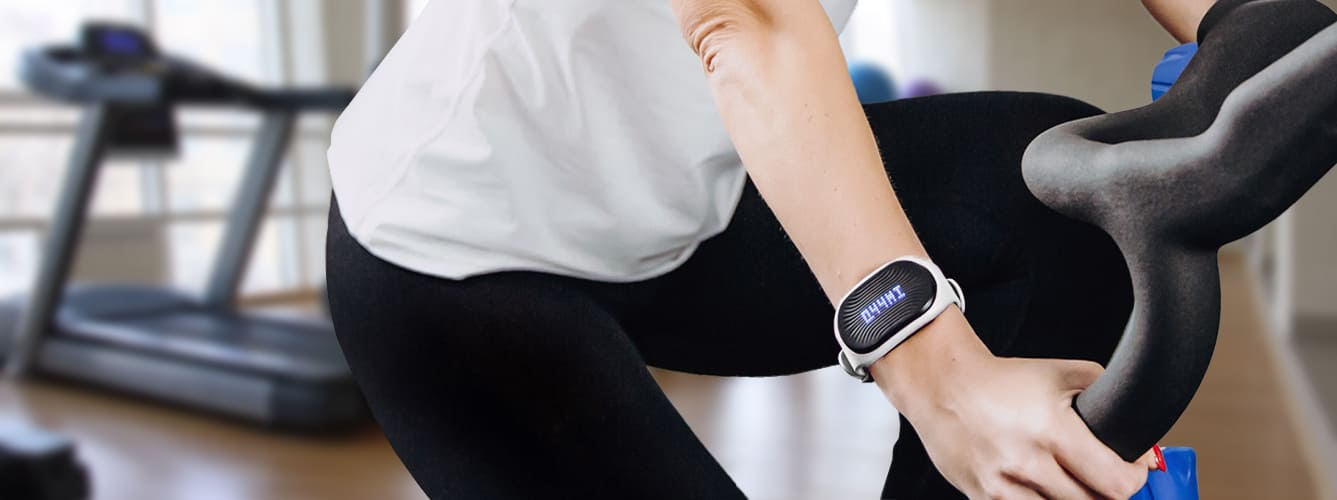How to Calculate Your Daily Energy Expenditure

One question we frequently receive from our users is why GoBe displays a different amount of “calories burned” when compared to another device. We decided to break this down for you and explain how HEALBE’s FLOW Technology determines your energy expenditure each day.
It’s important to understand that your daily energy expenditure (DEE) is personal. This information largely depends on your overall health and lifestyle. All vital processes of the body require some level of energy, known as “basal metabolism”. This energy expenditure accounts for nearly 70% of all calories you burn, and is determined by parameters like your weight, height, sex, age, and fat/muscles ratio. The calories you burn during physical activity are calculated by METs, or the metabolic equivalent of task. Again, this figure is highly dependent on your fitness level and other personal information.
The measurement of your DEE has been simplified in most of today’s wearables. Usually, it’s calculated using the number of steps you take (tracked by an accelerometer), combined with your profile information (height, weight, age, etc.) The downside to this method is that these devices are only able to calculate physical activity that involves walking or running – so they can’t take into account the 100 squats you did. As far as your built-in accelerometer is concerned, you were standing still.
Some wearables attempt to get a better reading of your DEE by using heart rate monitors. Unfortunately, this method is also flawed. The theory is that the higher your heart rate is, the more physical activity you are enduring. As you might have already guessed, your heart rate depends on a number of factors, including your emotional state, hydration level and your environment. That said, your DEE cannot accurately be determined using this information.

How does GoBe2 measure your DEE?
GoBe uses Healbe’s patented FLOW Technology to determine a number of health parameters, including your DEE. This data is collected from 2 sensors on the device – a 9-axis accelerometer (plus gyroscope and magnetometer) and a piezo sensor, giving you a reading that is more accurate than any other wearable on the market. Two of the main factors GoBe2 uses to determine your energy expenditure are:
Basic metabolism consumption — As mentioned above, this is the energy burned while you’re at rest, or the calories used to support your body’s basic needs. This value (kcal/min) is defined by the information you provided in your profile (height, weight, age, etc.).
Physical activity index (PAI) — This information tells GoBe2 how active you are at all times, compared to when you are at rest. Your PAI is based on the comparative analysis of data collected from the accelerometer sensor, along with your pulse at rest and during physical activity. All physical activities are recognized by their intensity and divided into sitting, office routine, walking, and running.





